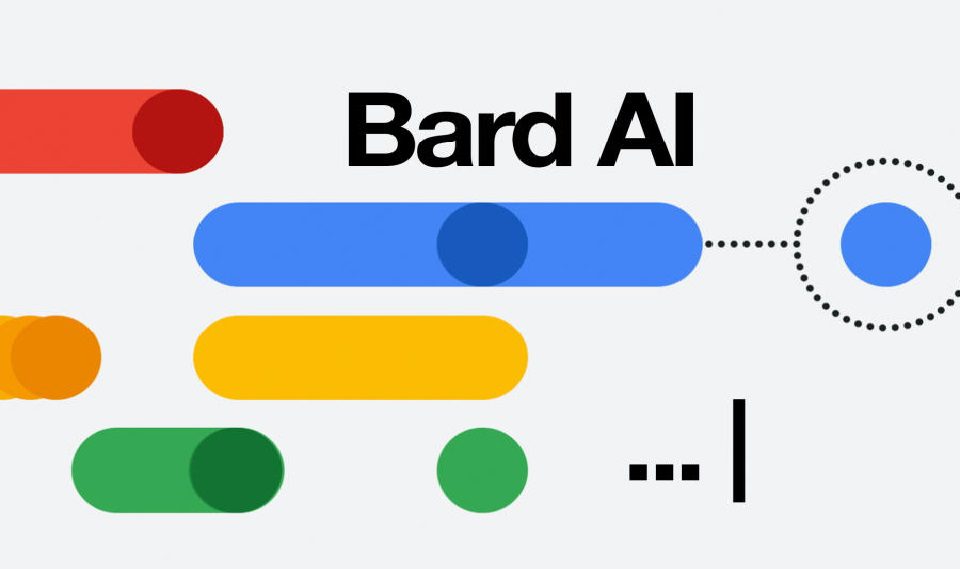
Google’s new AI chatbot named Bard has been released to a limited number of users in the UK and USA. Bard is designed to engage in creative writing and storytelling with users in a conversational manner. Bard is part of Google’s ongoing efforts to develop advanced AI technology and improve user engagement with their products.
Google is introducing its Bard AI platform to a restricted group of customers after months of public speculation about developing chatbots driven by artificial intelligence.
People in the United States and the United Kingdom may now join up for Google’s generative AI product at bard.google.com. Google stated in a blog post that it will gradually expand access to new nations and languages. The post, headlined “Try Bard and share your feedback,” was written by product vice president Sissie Hsiao and research vice president Eli Collins.
“You can use Bard to increase your productivity, accelerate your ideas, and pique your interest,” they added. “You may ask Bard to offer you advice to meet your aim of reading more books this year, explain quantum physics in simple terms or inspire your creativity by writing a blog article. We’ve learnt a lot from testing Bard thus far, and the next essential step in developing it is to collect input from more people.”
Testers must sign in using a Google account. Google is putting in place certain safeguards to attempt to keep user-AI dialogues from spiralling out of hand. The firm stated that it will limit the number of exchanges in a conversation “in order to keep interactions helpful and on topic.” According to a spokeswoman, the number of daily talks will not be limited.
Following the November debut of OpenAI’s ChatGPT technology, which has subsequently been integrated into a restricted version of Microsoft’s search engine Bing, the launch comes after months of quick testing.
Employees and investors chastised Google following Bard’s initial launch, which felt hurried in order to compete with Microsoft’s recently announced Bing integration of ChatGPT.
Google said last week that it will make its AI products available to a limited number of Workspace customers, which includes Gmail and Google’s productivity tools.
According to Google, each Bard study will have a “Google it” button beneath the prompt, which will open a new tab to the company’s search website. Google sees Bard’s present structure as a supplement to search.
The business also warns that Bard may make errors.
When a user accesses it, a pop-up message informs them that “Bard is an experiment” and that they should “remember that Bard may give inaccurate or inappropriate responses.” Users are encouraged to utilize the “Google It” tool to double-check Bard’s replies if they are unsure.
Along with the results, the text indicates that the content “doesn’t represent Google’s views.” Hsiao and Collins stated that they used Bard to help them create the blog post, but that “it didn’t always get things right.” Large language models, or LLMs, are currently plagued by inaccuracies.
In a company-wide initiative last month, Google management invited everyone on the team to assist fix Bard’s incorrect replies.
To gather feedback, Bard questions will contain a “thumbs up” and “thumbs down” option.
